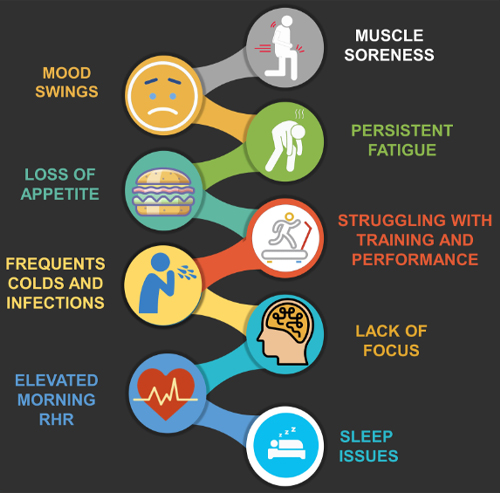
As we enter middle age, fitness goals often shift toward maintaining health, mobility, and strength rather than high-intensity, competitive goals. However, that doesn’t mean you can’t be in the best shape of your life! Brightonfit personal training programs tailored for middle-aged individuals are designed to meet the unique needs of this stage in life, ensuring longevity, strength, and overall well-being.
Here’s everything you need to know about training in middle age
Why Training is Important for Middle-Aged People
As we age, our bodies undergo several changes, such as:
– Decreased muscle mass (sarcopenia)
– Reduced flexibility and mobility
– Slower metabolism
– Increased risk of chronic diseases such as heart disease, diabetes, and arthritis.
Incorporating a well-rounded fitness routine that includes strength training, cardiovascular exercise, flexibility, and balance work can help counteract these changes, improve quality of life, and boost energy levels. With the help of a Brightonfit personal training program, you can develop a routine that fits your lifestyle.
1. Strength Training: Prevent Muscle Loss
One of the biggest concerns for middle-aged individuals is muscle loss. Regular strength training, at least 2-3 times a week, can help preserve and even build muscle mass, which boosts metabolism and supports joint health. We can guide you through safe, effective exercises that target major muscle groups without over-stressing your joints.
2. Cardiovascular Health: Keep Your Heart Strong
Cardiovascular exercise is crucial for maintaining heart health, reducing the risk of heart disease, and managing body weight. Aim for at least 150 minutes of moderate-intensity cardio per week, which can include walking, cycling, swimming, or light jogging.
3. Flexibility and Mobility: Stay Agile
Flexibility naturally decreases with age, which can lead to stiffness and reduced range of motion. Incorporating stretching and mobility exercises into your routine can help maintain joint flexibility and prevent injuries. Matthew is our Brightonfit mobility expert and he can introduce you to yoga or dynamic stretching routines to enhance flexibility and keep your body moving freely.
4. Balance and Stability: Prevent Falls
Falls are one of the leading causes of injury among older adults. Incorporating balance training—such as exercises using balance boards or stability balls—into your routine can improve coordination and reduce the risk of falls. We can show you how to focus on exercises that strengthen your core and lower body to improve balance.
5. Nutrition and Recovery: Fueling Your Body
Training effectively in middle age isn’t just about the workout; it’s also about nutrition and recovery. Proper nutrition plays a vital role in muscle recovery, fat loss, and overall health. A well-structured diet that includes adequate protein, healthy fats, and complex carbohydrates can support your fitness goals. Additionally, getting enough sleep and allowing your body to recover between workouts is crucial to avoid injury and burnout.
6. Tailored Personal Training for Middle-Aged Clients
Whether you’re new to exercise or returning after a long break, working with a Brightonfit personal trainer ensures that your workouts are tailored to your specific needs We can adjust exercises based on any pre-existing conditions or limitations, helping you build strength and fitness while avoiding injury. The personalized approach ensures steady, sustainable progress.






 So you’ve put some effort in calculating your
So you’ve put some effort in calculating your 
